
New Energy
New Energy - On demand rapid manufacturing
The current global energy market is in a transitional period. The energy structure urgently needs to transition towards cleaner and lower carbon green clean energy through the joint drive of technological progress and environmental demands. Emerging energy sources such as wind power, nuclear power, solar energy, and biofuel cells will become the mainstream in the future energy structure.
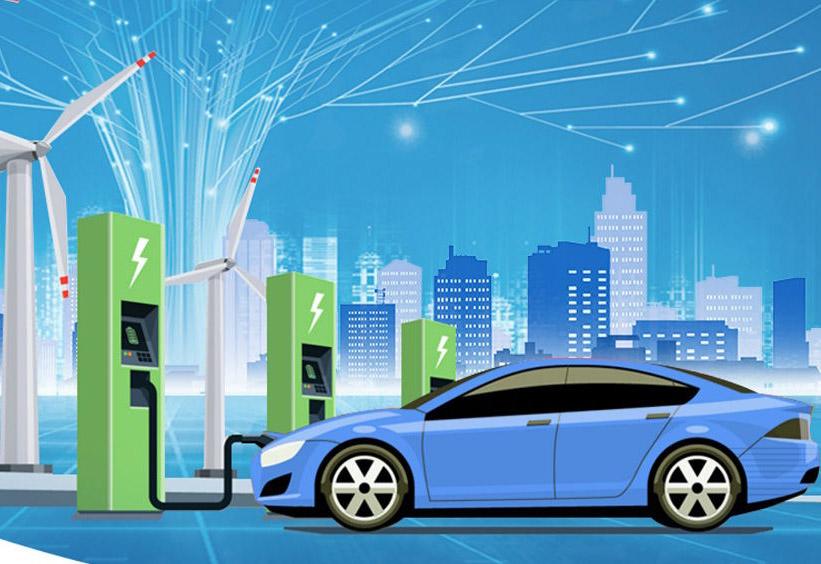
What problems has YYI TECH solved in the field of New Energy manufacturing?
● Customized manufacturing of energy storage devices for power supply
From design, modeling, sampling to small-scale production, meet the rapid production needs of new equipment components or devices in the new energy industry.
● Testing and development of energy materials
The unique and flexible manufacturing method of rapid prototyping can change the arrangement of energy storage units, alter the micro electrode structure, optimize energy storage efficiency and discharge speed, and greatly enhance the utilization of new energy sources. The emerging printed conductive materials have also created possibilities for the development of new energy sources.
● Organizational optimization of energy consuming components
The 3D printing technology in rapid prototyping can achieve integrated molding of complex structures, making it highly possible to optimize the design of core energy consuming components with unique cooling circuit designs.
● Detection and repair of energy equipment
3D digitization has been widely applied in the field of scene based on-site and component inspection, which can timely and accurately verify damaged and vulnerable components from design, respond and repair them in real time, and efficiently produce spare parts on site.
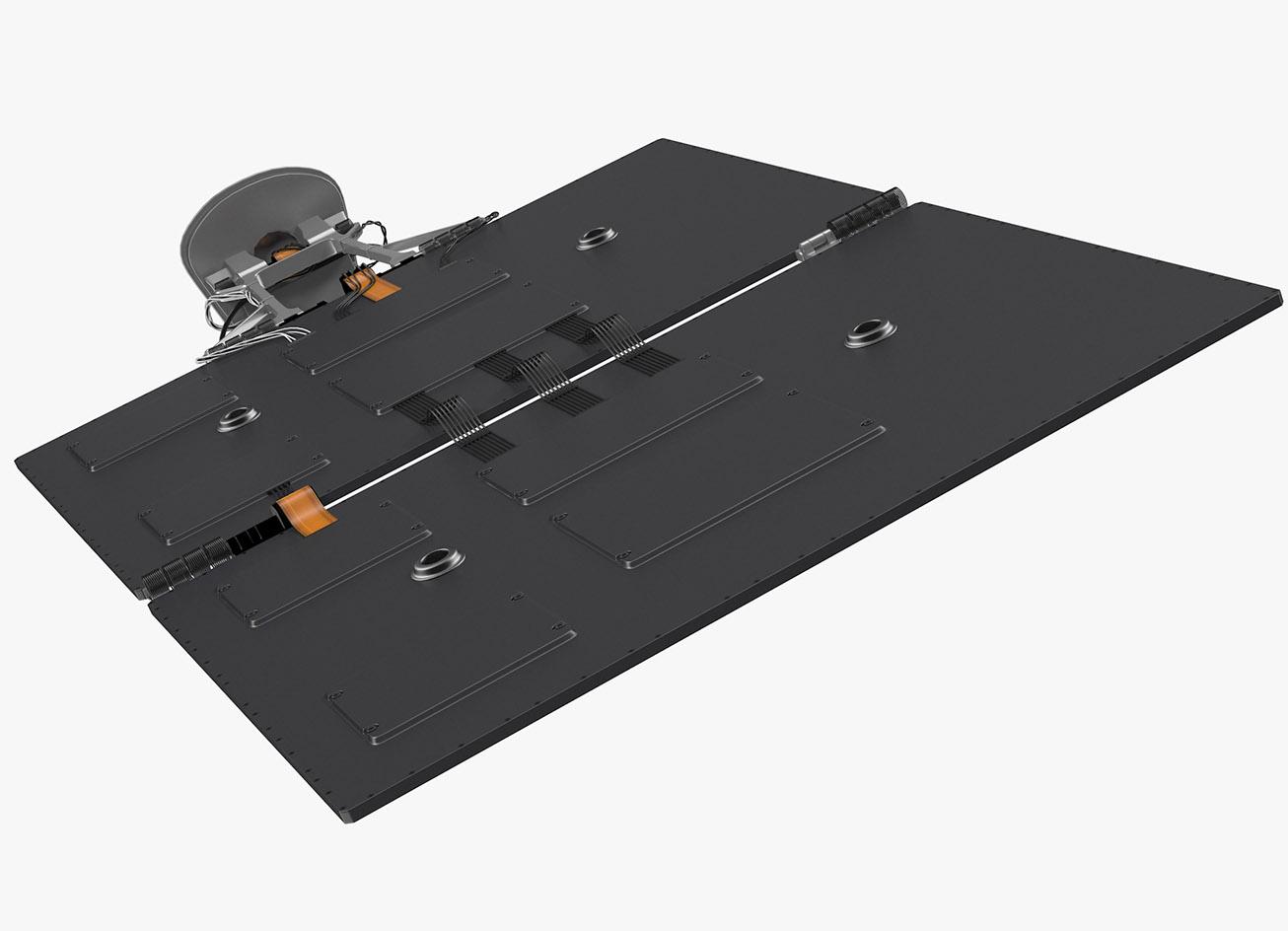
3D printing solar panels
3D printing is not only seen as a way for renewable energy supply chains, but also as a way to reduce costs and promote the development process, contributing to the thriving development of the renewable energy industry and enabling it to replace traditional energy sources. Meanwhile, it is capable of developing new materials to create entirely new clean energy devices.
Compared with traditional solar panels, 3D printed solar panels have unparalleled technological advantages: production will be liberated, decentralized, and users can become their own masters; In terms of the supply chain, this model also achieves ready to use, complete balance between supply and demand, and solves the problem of inventory backlog or supply shortage. In addition, 3D printing technology can enable the solar energy industry to produce products with unprecedented lightness and thinness. Once the shape, volume, weight, and other factors of solar panels are no longer limited, they can find many new and previously unimaginable application scenarios.
These 3D printed battery panels require more research and development to enable them to be adopted on a larger scale. It has been confirmed that their efficiency is 20% higher than traditional methods, and their production cost is less than half of traditional methods. The reduction in costs has had a positive impact on the widespread application of renewable energy, which has also opened the door for developing countries with limited access to electricity to use renewable energy, as their governments have less funding to invest in these new technologies.
Classic case we have done

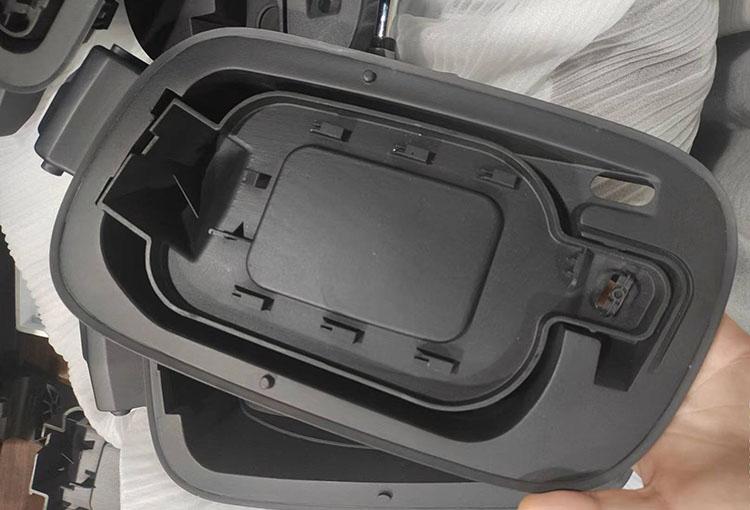
Charging door for new energy vehicles
● Customer requirements:
Need to make trial car accessories that can be loaded normally and have no abnormalities during road testing
● Production difficulties:
Parts is a combination of soft and hard rubber components that need to be assembled before shipped. Assembly may result in large gaps, poor opening and closing, and may not match other parts of the car
● Quantity: 80Sets
● Material: Nylon PA-GF + Soft rubber + Metal accessories
● Process: Urethane casting with rubber coating + CNC machining
● Delivery time: 50days
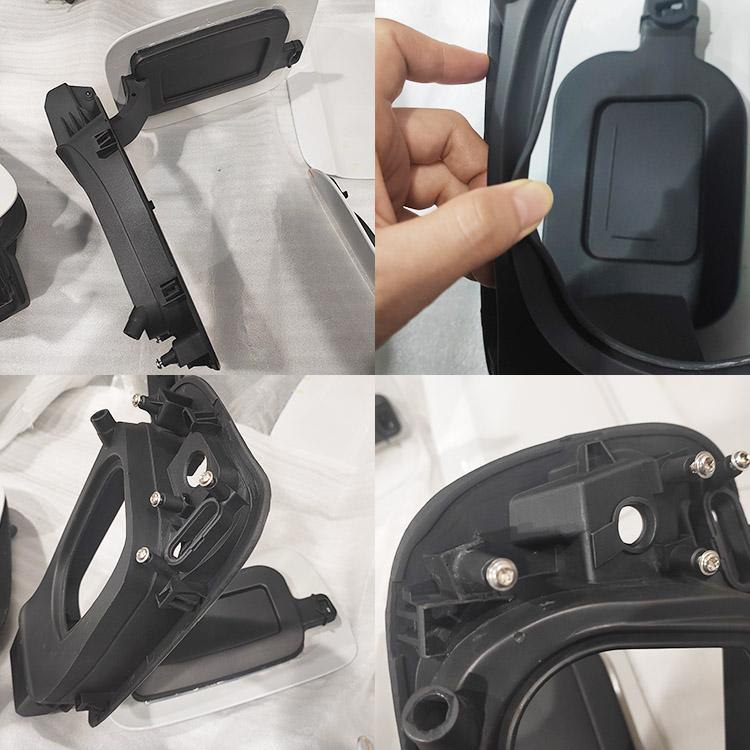
Our Production solution:
1. Based on product performance requirements, suggest to use nylon pa glass-filled and TPU material with vacuum casting process and rubber coating
2. According to the assembly activity requirements, CNC machining gauges are used for size inspection of each part
3. The shaft is machined by CNC and the spring is purchased externally
4. CNC machining and assembly of fixtures, followed by assembly

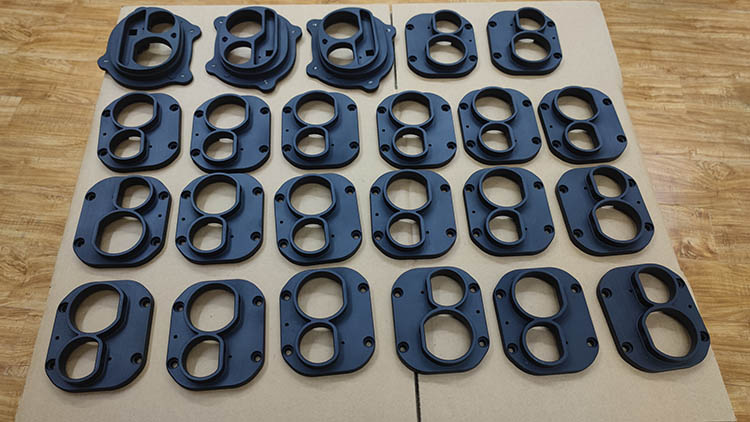
MJF Nylon PA12 New energy vehicle charging gun socket
● Customer requirements:
The material need flame retardant, excellent mechanical properties, and metal braces need to be added to the screw holes, and need to be tested on the vehicle
● Production difficulties:
The quantity of products is small, it is not cost-effective to open metal molds, but customers require quality close to injection molded parts
● Quantity: 48pcs
● Material: Nylon PA12
● Process: MJF
● Size: 165 * 100 * 60mm
● Delivery time: 5days
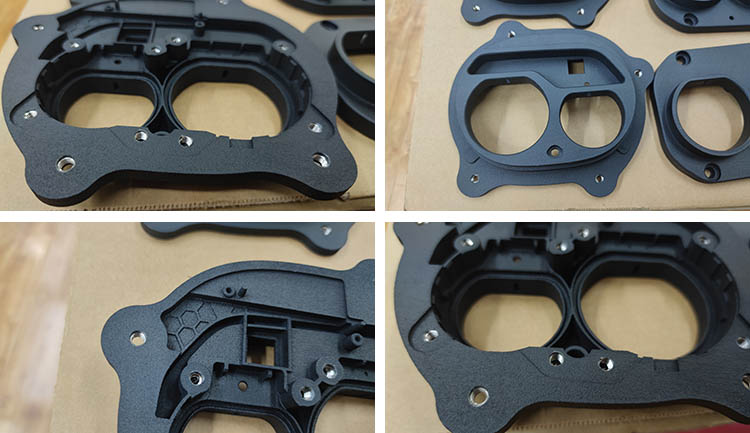
Our Production solution:
(1) Quantity 48pcs, due to the small quantity requirement, and tight delivery time, if we use traditional production methods to open metal molds, the cost will be too high for the customer and delivery time is at least 40days
(2) And the customer requires that the strength and appearance of the product achieve the effect of injection molding.
(3) Based on the above requirements, we have considered vacuum casti
ng processes with ABS material (it can create simple molds, with very low cost and no products MOQ), delivery time only need 14days, and the surface with polished and painted to perfectly match the customer's needs